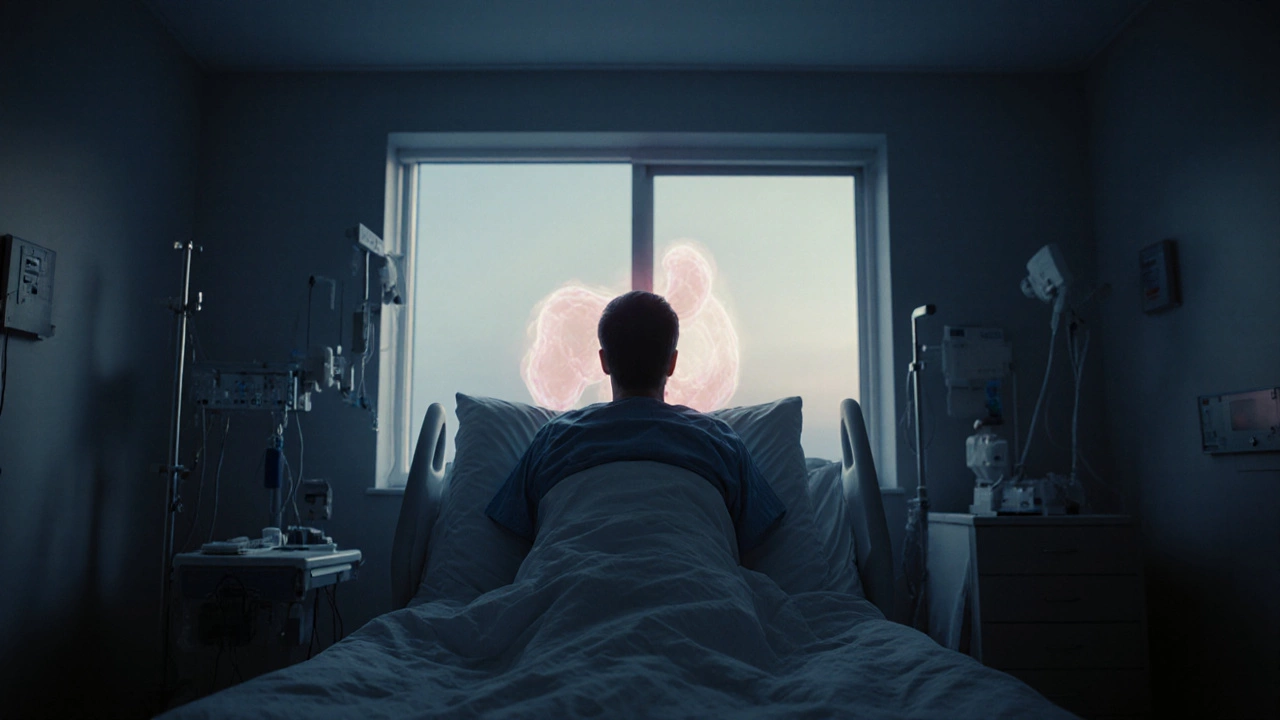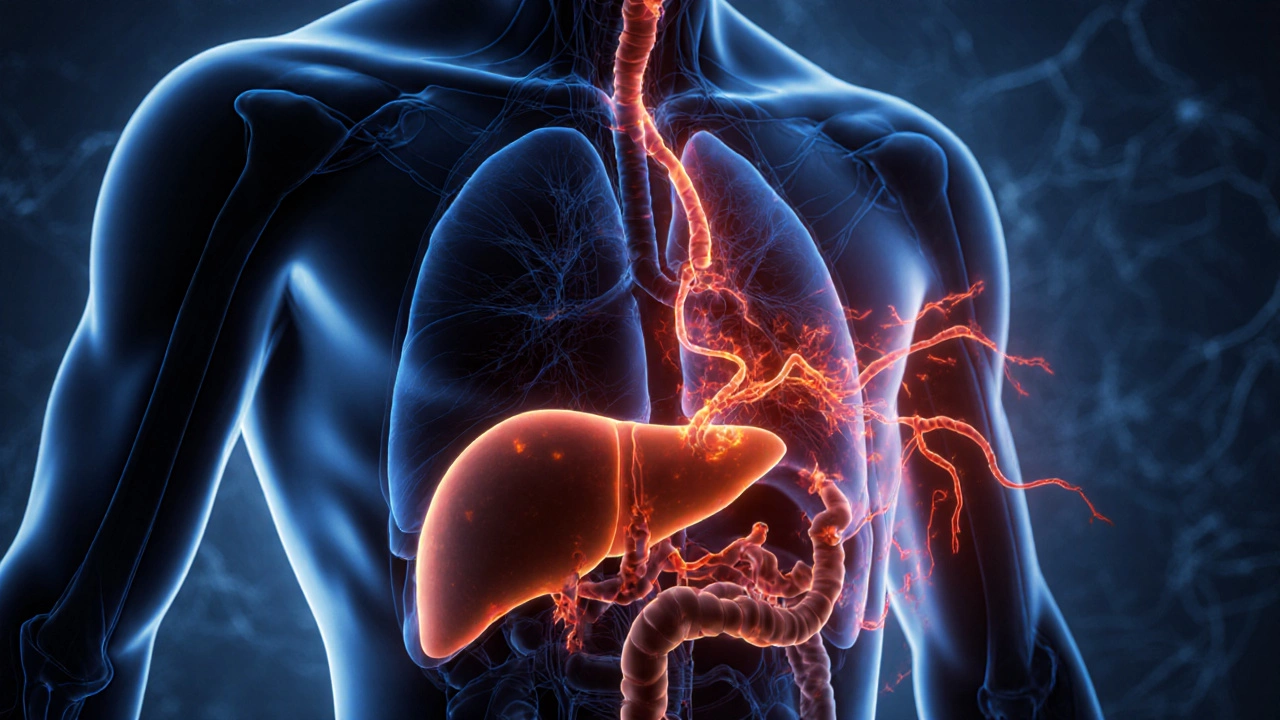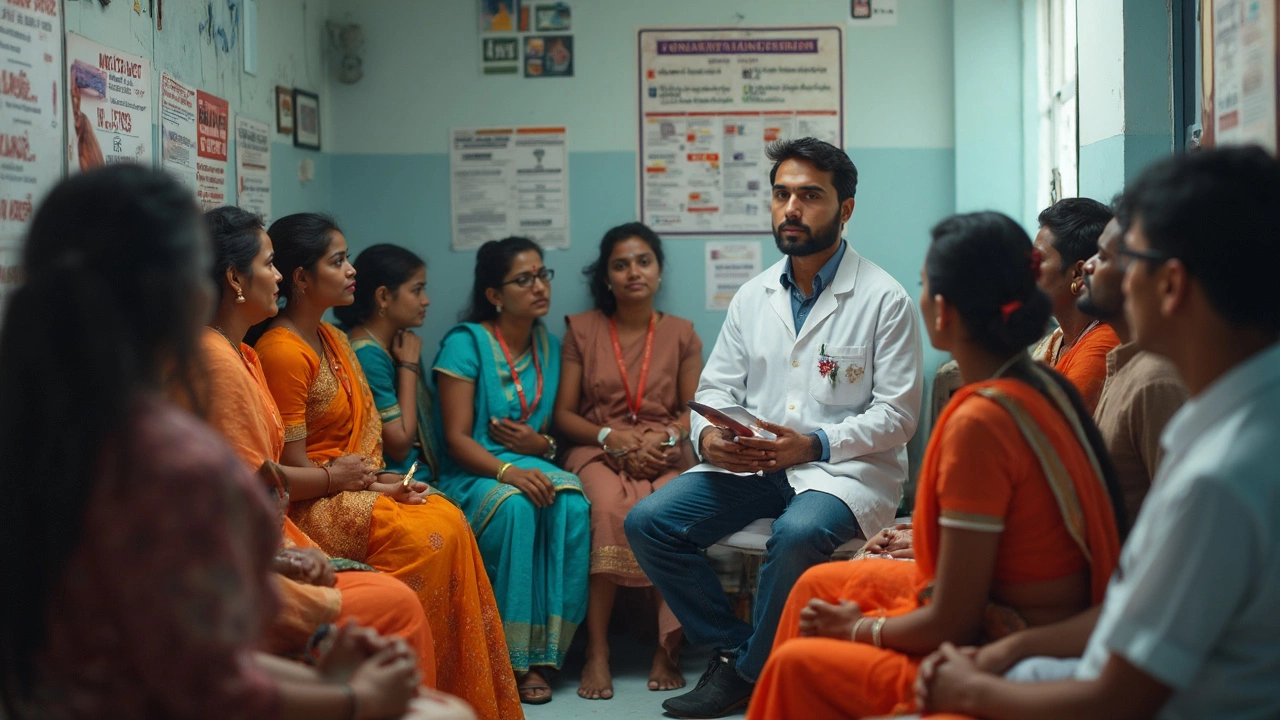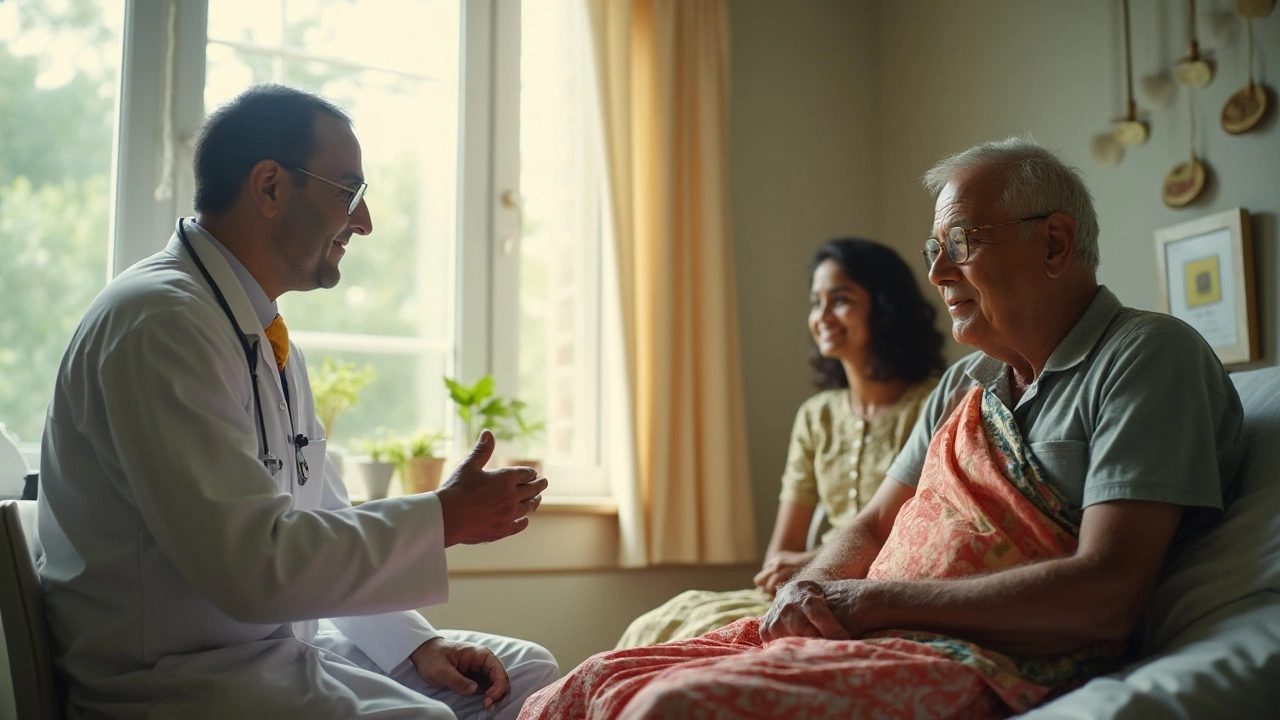Lung Cancer Basics: What You Need to Know
If you’ve heard the term “lung cancer” and feel a bit lost, you’re not alone. It’s a heavy topic, but understanding the core facts can make it less scary. Below we break down the most important points – from what triggers the disease to how it’s treated and what you can do to lower your risk.
Common Symptoms and When to Get Checked
Most people think lung cancer always shows up with a cough, but the reality is more varied. Early signs often include a persistent cough that won’t go away, chest pain that worsens with deep breaths, and unexplained weight loss. Some folks notice hoarseness, wheezing, or frequent lung infections. If any of these stick around for more than a few weeks, especially if you’re a smoker or have a family history, call your doctor. Early detection drastically improves treatment success.
Main Causes and Risk Factors
Smoking is the biggest culprit – it’s linked to about 85% of cases. Even occasional tobacco use raises the odds. Exposure to second‑hand smoke, radon gas (the invisible gas that can seep into homes), asbestos, and certain industrial chemicals also play a role. Genetics matter too; if a close relative had lung cancer, your risk is higher. Lifestyle tricks like quitting smoking, testing your home for radon, and wearing protective gear at work can cut those odds.
Diagnosis usually starts with a chest X‑ray or CT scan. If something looks suspicious, doctors may do a biopsy – taking a tiny tissue sample to confirm cancer cells. Modern labs can also test the tumor’s genetic makeup, which helps choose the most effective drugs.
When it comes to treatment, there’s no one‑size‑fits‑all plan. Surgery works best for early‑stage tumors that haven’t spread. For more advanced cases, radiation, chemotherapy, targeted therapy, and immunotherapy are common. Targeted drugs attack specific mutations in cancer cells, while immunotherapy boosts your own immune system to fight the disease. Your doctor will suggest a mix that matches the tumor’s stage and your overall health.
Living with lung cancer means handling side effects, too. Nausea, fatigue, and sore mouth are typical with chemo, while radiation can irritate the skin. Staying hydrated, eating small frequent meals, and getting gentle exercise can make a big difference. Support groups – either in‑person or online – provide emotional backup and practical tips from people who’ve walked the same path.
Prevention isn’t a guarantee, but it’s powerful. The biggest win is quitting smoking – even after years of use, your risk drops each year you stay smoke‑free. Test your home for radon; a simple kit can tell you if levels are high, and fixing it is straightforward. If you work around hazardous dust or chemicals, follow safety guidelines and use protective equipment.
Bottom line: lung cancer is serious, but understanding symptoms, risks, and treatment options puts you in control. Stay alert to changes in your breathing, seek medical advice early, and adopt healthy habits to protect your lungs. Knowledge and early action are your best tools against this disease.

What cancer is hardest to survive? The deadliest types and why
Pancreatic cancer, glioblastoma, and lung cancer have the lowest survival rates due to late detection and resistance to treatment. Learn why these cancers are so deadly and what’s being done to change the odds.

Which Cancer Spreads the Fastest? Fastest-Metastasizing Cancers Explained
Pancreatic, liver, and lung cancers spread the fastest, often before symptoms appear. Learn which cancers are most aggressive, why they spread so quickly, and what you can do to catch them early.

Deadliest Cancers: The Top Three You Need to Know About
This article breaks down the three deadliest cancers, spotlighting how they kill, why they're so hard to treat, and what warning signs to watch for. You'll learn why certain cancers are more dangerous than others and what the survival rates look like these days. Get tips on early detection, treatment options, and simple changes that can reduce your risk. It's real talk about cancer—straight to the point, easy to understand, and focused on the facts that matter.

What is the Hardest Cancer to Cure? Unpacking the Realities of Cancer Treatment
Some cancers are stubborn, fighting back against every attempt to treat them. This article breaks down which cancer is the hardest to cure and why, using real-world facts and the latest treatment details. Get to know what makes these cancers so aggressive. Learn what scientists and doctors are doing right now to try and beat them. Discover crucial tips to support those dealing with a tough diagnosis.

Living a Decade with Stage 4 Lung Cancer: Facts and Treatment Insights
This article explores the possibilities of living ten years with stage 4 lung cancer by examining advancements in treatment options, lifestyle changes, and the impact of support systems. It delves into innovative therapies, clinical trials, and personal resilience stories. The article aims to provide hope and guidance to individuals and their caregivers navigating the challenging journey of late-stage cancer. Tips on improving quality of life and managing side effects are also included.




